Nueva York en 70 claves
Todo lo que debes saber de la gran metrópoli estadounidense antes de lanzarte a descubrirla
New York in 70 keys
1. NUEVA YORK es la ciudad más cosmopolita del mundo, entre su población puede encontrar una diversidad cultural sorprendente, aunque si algo distingue a los residentes es su amor por la ciudad.
1. NEW YORK is the most cosmopolitan city in the world, among its population you can find a surprising cultural diversity, although if something distinguishes the residents is their love for the city.
2. Nueva York se divide en cinco condados: (1)Manhattan, (2)Brooklyn, (3)Queens, (4)Bronx y (5)Staten Island. Solo al primero se le conoce por Big Apple, la Gran Manzana.
2. New York is divided into five boroughs: (1)Manhattan, (2)Brooklyn, (3)Queens, (4)Bronx and (5)Staten Island. Only the first is known as Big Apple.
3. La ciudad cuenta con dos aeropuertos internacionales: JFK (John Fitzgerald Kennedy) y La Guardia, en honor al alcalde que lo construyó, este último más orientado hacia los vuelos domésticos.
3. The city has two international airports: JFK (John Fitzgerald Kennedy) and La Guardia, in honor of the mayor who built it, the latter more oriented towards domestic flights.
4. Manhattan, que no Nueva York, recibe la friolera de 60 millones de visitantes al año, casi tanto como España entera, que es la tercera potencia mundial. La zonas más frecuentadas por los turistas son, por este orden, Times Square, la Quinta Avenida, la esquina sureste de Central Park, el Empire State, el One World Trade Center (erigido sobre las ruinas de las Torres Gemelas), la estatua del toro de Wall Street, Broadway y sus musicales, el Battersea Park de la Autoridad Portuaria, los barrios del Little Italy y el Soho, la Metropolitan Opera House del Lincoln Center, el Rockefeller Center y Columbus Circle, donde, por cierto, no existe ninguna referencia a España. A todos estos se le ha unido la High Line, la línea férrea sobreelevada convertida en paseo ajardinado, el mayor éxito urbano en Nueva York desde la construcción de Central Park. Otro hito turístico es recorrer a pie el fabuloso puente de Brooklyn. La magnitud del Empire State Building cuando fue construido le hizo acreedor de un código postal propio: el 10118.
4. Manhattan, not New York, receives a whopping 60 million visitors a year, almost as much as Spain as a whole, which is the third world power. The most frequented areas visited by tourists are, in this order, Times Square, Fifth Avenue, the southeast corner of Central Park, the Empire State Building, the One World Trade Center (erected on the ruins of the Twin Towers), the statue of the charging bull of Wall Street, Broadway and its musicals, the Battersea Park of the Port Authority, the neighborhoods of Little Italy and Soho, the Metropolitan Opera House of Lincoln Center, the Rockefeller Center and Columbus Circle, where, by the way, there is no reference to Spain. All these have been joined by the High Line, the elevated rail line converted into a landscaped promenade, the biggest urban success in New York since the construction of Central Park. Another tourist highlight is walking the fabulous Brooklyn Bridge. The magnitude of the Empire State Building when it was built earned its own zip code: 10118.
5. En las calles de New York City (NYC) Uber ha superado en número al taxi. Además de cómodo, pues no se paga en efecitivo al final del trayecto sino a través de la aplicación, es más limpio que la mayoría de taxis y seguramente también más seguro, pues sus conductores son evaluados constantemente por los clientes.
6. Orientarse en Manhattan no requiere mapa. El racionalismo de su ordenamiento urbano, en calles y avenidas numeradas, hace muy sencillo el tránsito. Imprescindible al tomar el metro es saber si nos dirigimos al Uptown o al Downtown, norte o sur de la isla.
6. Orienting yourself in Manhattan does not require a map. The rationalism of its urban order, in numbered streets and avenues, makes transit very simple. Essential to take the subway is to know if we´re going Uptown or Downtown, north or south of the island.
7. La circulación por la acera es rápida, a veces ultrarrápida. Pero los residentes se mueven con orden. Hay que transitar por la derecha para no impedir el tráfico de los demás viandantes. Lo más molesto es caminar por el Midtown (la zona media de la isla), ya que está atestado de turistas, especialmente en los meses de verano, con los que muchas veces te topas porque se han parado en medio de la acera a tomar fotografías de los rascacielos.
8. Los neoyorquinos son gente eminentemente práctica. Lo cual significa que, como peatones, no tienen respeto alguno por los semáforos en rojo. En cuanto la calle o avenida quedan despejadas de vehículos, basta una ojeada hacia ambos lados para cruzarla sin sentir que están infringiendo las normas de circulación. Ninguna ley lo prohibe. La tradición anglosajona enseña que la responsabilidad en este caso es personal, nunca institucional.
9. Los neoyorquinos no dan direcciones exactas de adónde se dirigen, ni por el número de la calle ni por el distrito al que van. La manera de expresarlo es mediante la conjunción de una calle y una avenida. Por ejemplo, la octogésimo octava con la primera. En inglés se emplea la copulativa ‘y’: 84th and First.
9. New Yorkers do not give exact addresses of where they are going, neither by the street number nor by the district they go to. The way to express it is through the conjunction of a street and an avenue. For example, the 88th with the 1st.
10. Las calles se ven siempre atiborradas de gente. Pero nada comparado con el primer domingo de noviembre, cuando se celebra la Maratón de Nueva York. Desde las aceras, dos millones de personas jalean a los corredores, cuya máxima gloria es ser finisher (quien llega a la meta, instalada en un lado de Central Park, junto al popular restaurante Tavern on the Park).
10. The streets are always crowded with people. But nothing compared to the first Sunday in November, when the New York Marathon is celebrated. From the sidewalks, two million people cheer the runners, whose ultimate glory is to be finisher (who reaches the finishing line, setted on one side of Central Park, next to the popular restaurant Tavern on the Park).
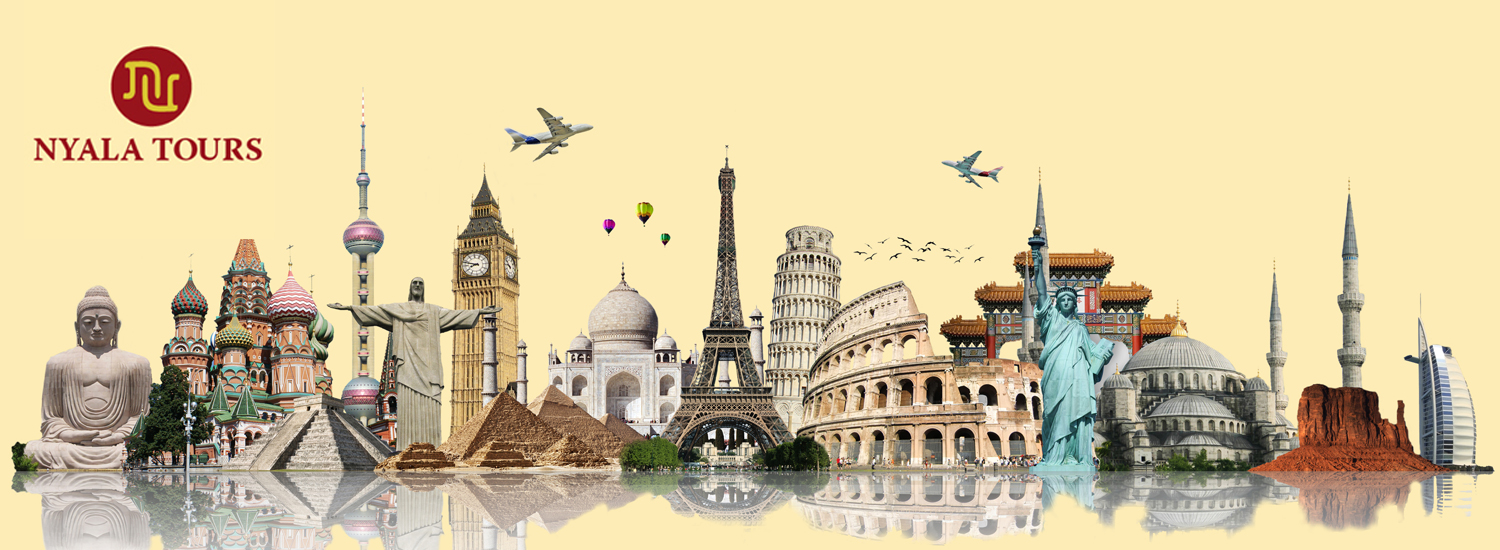
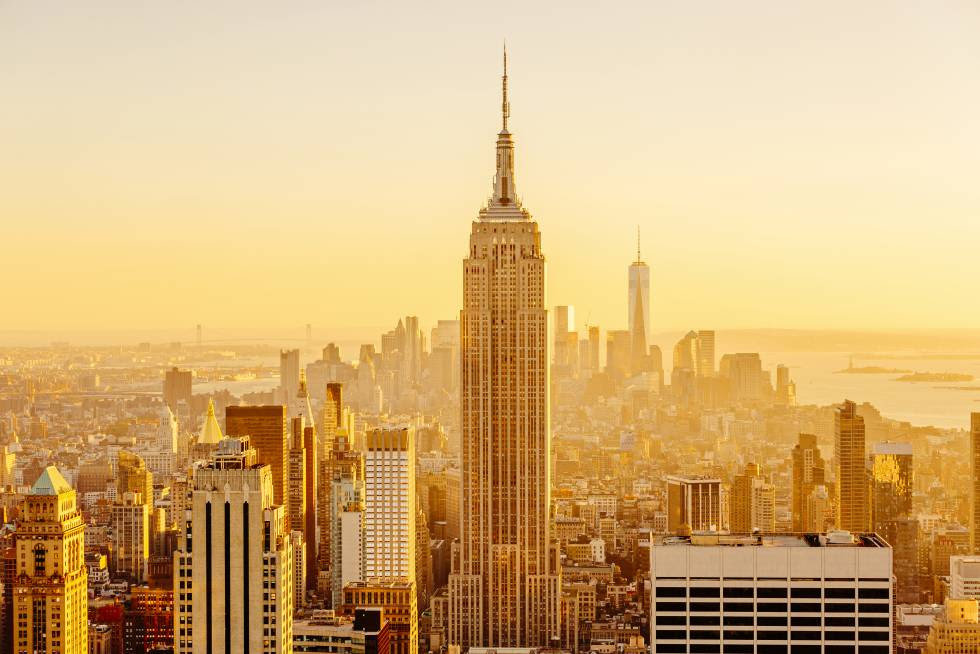

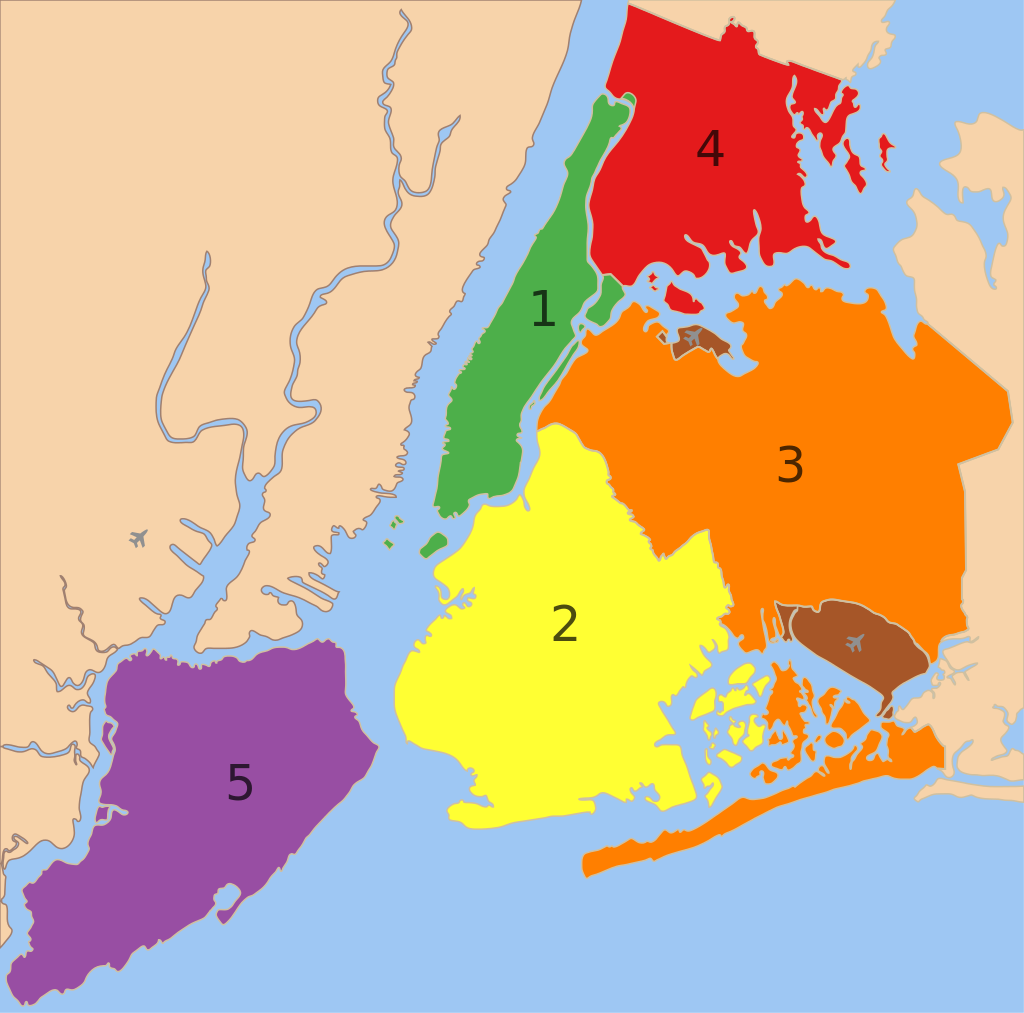
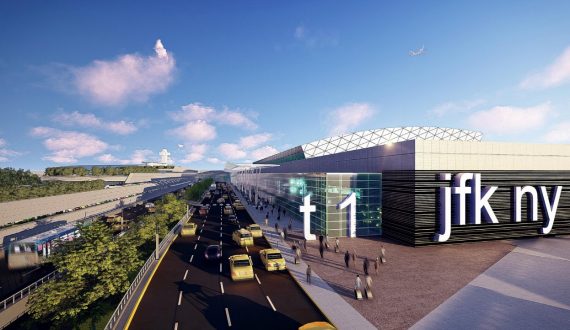
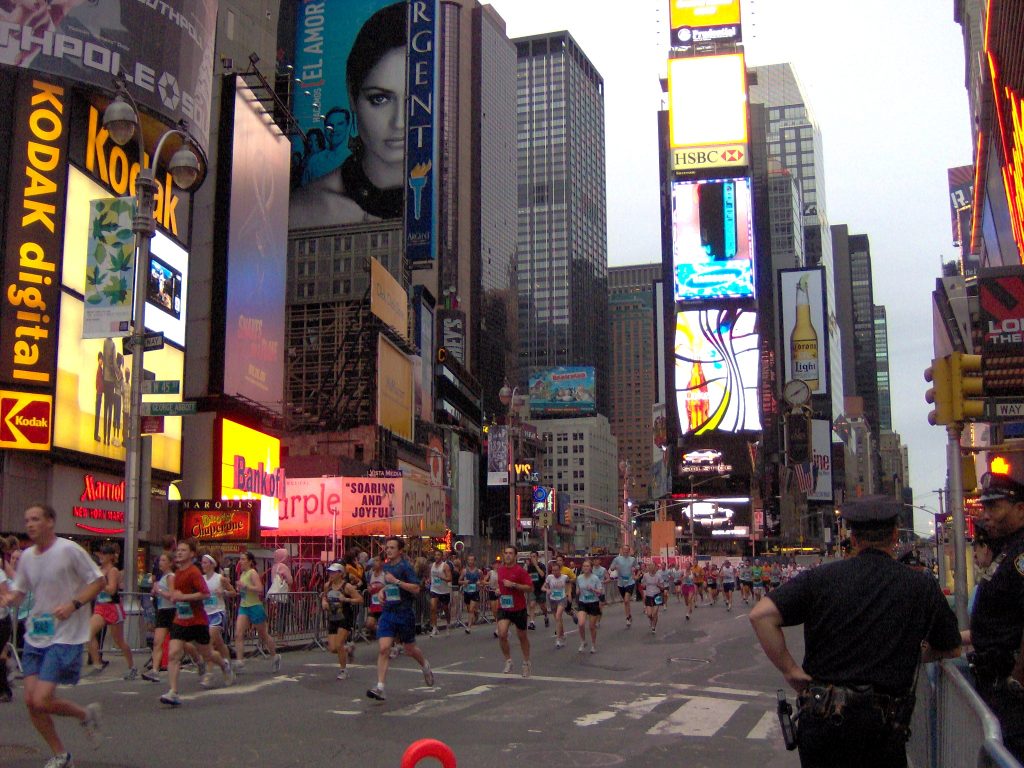
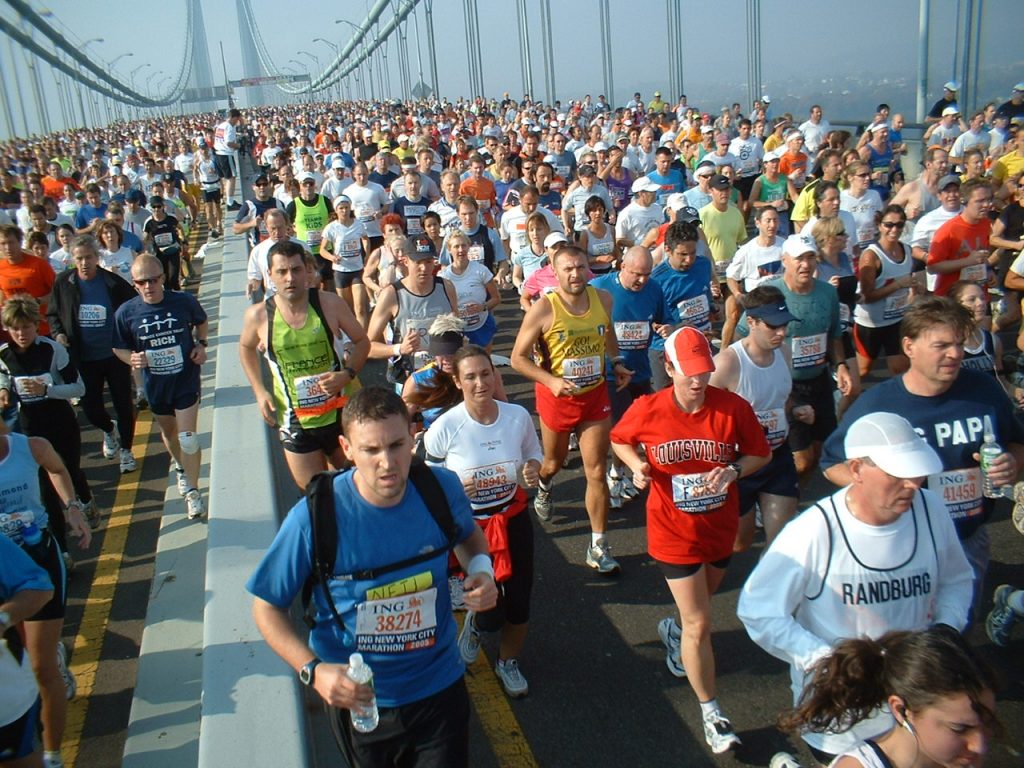

Deja una respuesta